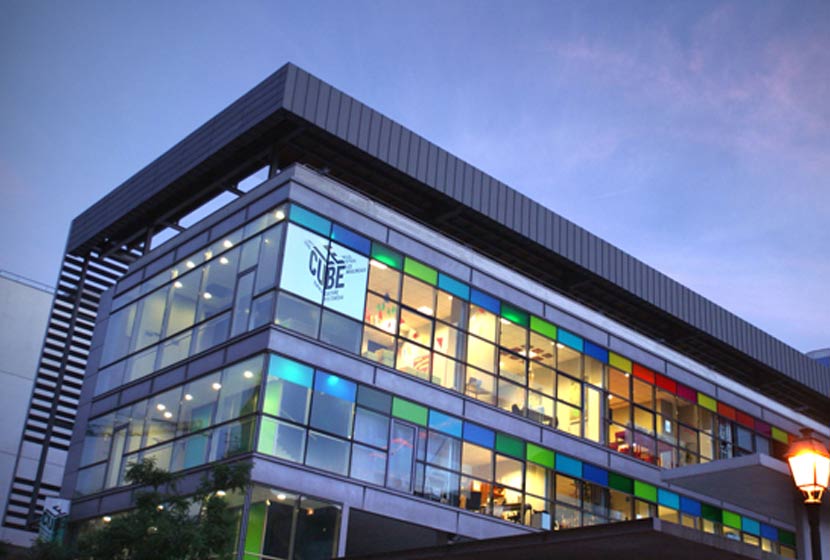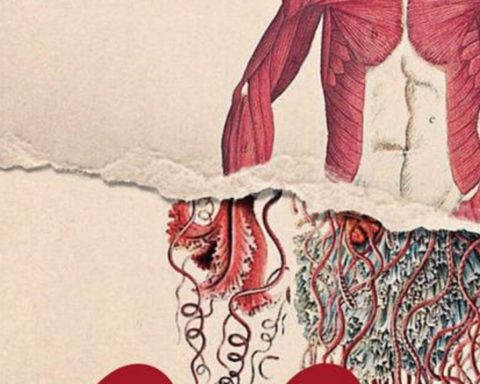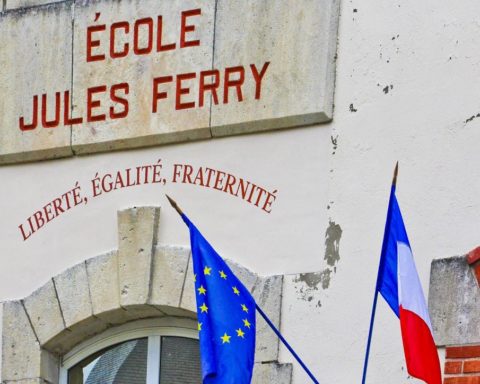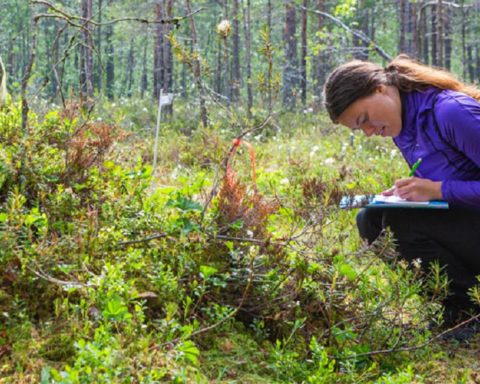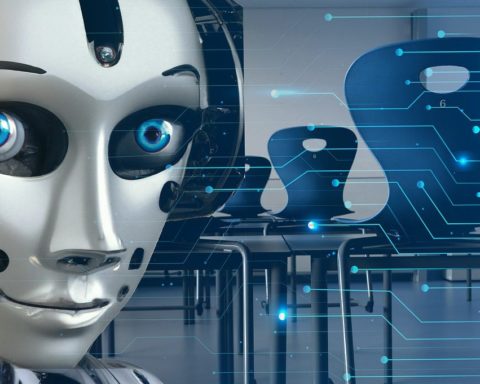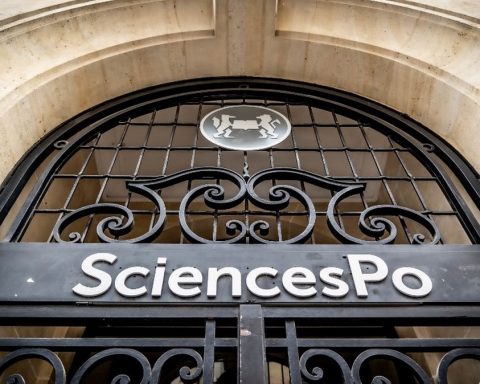Najat Vallaud-Belkacem, Minister of National Education, Higher Education and Research, today Thursday 22 January 2015, carried out a study on the impact of the crisis on the education system. a speech presenting the great mobilization for the École pour les valeurs de la République (School for the Values of the Republic). New measures will be proposed such as the reform of the school map, the training of 1,000 "ambassadors of secularism", 300 hours dedicated to moral and civic education, the celebration of republican rites; in short, nearly twelve new measures to "improve the transmission of knowledge, the first means of fighting against obscurantism, to transmit the values of the Republic. "Innovation?
Educational Innovation for Student Success
While the concept of innovation has emerged in the world of technological progress, it also has a social dimension. Innovation in education is one of them: it is a measurable, deliberate, sustainable and unlikely to occur frequently, according to Huberman. (1).
Innovation in education is a professional act performed by the teacher. Here we are touching on teaching practices. It can also be carried out by the school management when it is a question of involving non-teaching professionals such as pedagogical advisers, psycho-educators and special educators, school psychologists, orthopedagogues, etc. in the implementation of policies, rules and procedures, or by non-teaching professionals.
Its primary goal is student success - overall success, touching on all aspects of personal development. It is a novelty and can be likened to a product, it brings change and improvement. It is about putting into practice a concept, attitude or instrument that is different from those previously used. According to the various authors surveyed, innovation in education is mainly characterized by novelty, product (the substance to which this innovative virtue is attributed), change and improvement (as opposed to professional practices considered inoperative and routine), and finally sustainability and transferability, since it should not be an isolated and ephemeral action.
In education, there are several expressions for innovation: pedagogical innovation, innovation in education, school innovation, training innovation. The Conseil supérieur de l'éducation gives priority to innovation in education.
Innovative practices in helping young people to succeed
Visit RIREThe Educational Success Information Network (ESIN) brings together all emerging or newly practised activities that show a definite potential for educational success. For example, a significant link has been revealed between the characteristics of the built environment, nutrition, physical activity, and young people's body weight. The innovation here therefore involves writing a report that proposes actions that can be taken now to promote the development of built environments that are more conducive to healthy lifestyles.
Another example: getting children moving is not only good for their health, but also promotes their educational success. Yet, the 21st century child is too often confined to a structured and structured environment that encourages sedentary behaviour rather than responding to his or her innate need to move. In order to support the implementation of optimal conditions allowing young people and their families to practice diversified physical and sports activities on a daily basis, RIRE has therefore developed a thematic fact sheet proposing concrete actions to be implemented in children's living environments to promote an active lifestyle.
Innovative practices in the support of educational personnel
The collaborative culture in which teachers strive to improve their work, learn from each other, and are guided and supported by principals, results in better learning for students. The Professional Learning Community (CAP) thus sought to develop the school's collective intelligence by creating a collaborative space that leads school stakeholders to share their thoughts on student learning and to question the ways in which their practices can better meet students' needs. One of the goals of the PLC is to implement recognized high-yield strategies in order to see all students progress.
Each school must ask itself questions about the development of high-yield strategies, the regulation of learning and collaborative teamwork, the three poles of a PLC.
Mentoring, too, can be beneficial in many ways. For example, the Université du Québec à Montréal (UQAM) has made available to all, comments and testimonials from mentors and teachers. In their articles, the experts discuss the characteristics of an effective mentoring relationship and present the qualities of a competent mentor and a motivated mentee. This will then be used more concretely in schools and education platforms.
Finally, a real living, cooperative and professional social network was created in 2011: RESPIRE. This Network for the Exchange of Professional Knowledge in Innovation, Research and Experimentation is the first social network for education professionals, created in preparation for the second edition of the Innovation Days. To date, the network has more than 6,000 contributors in 450 working groups.
These different examples are only the beginnings of what exists in terms of innovation in education and there are today thousands of ways of innovating to improve today's practices and uses, in order to build the model of future learning.
But then, what will tomorrow's school look like?
Bibliography
(1) "How changes in education take place: contribution to the study of innovation" - Huberman.
Clemence Cerveaux, MTI Review - December 2014


